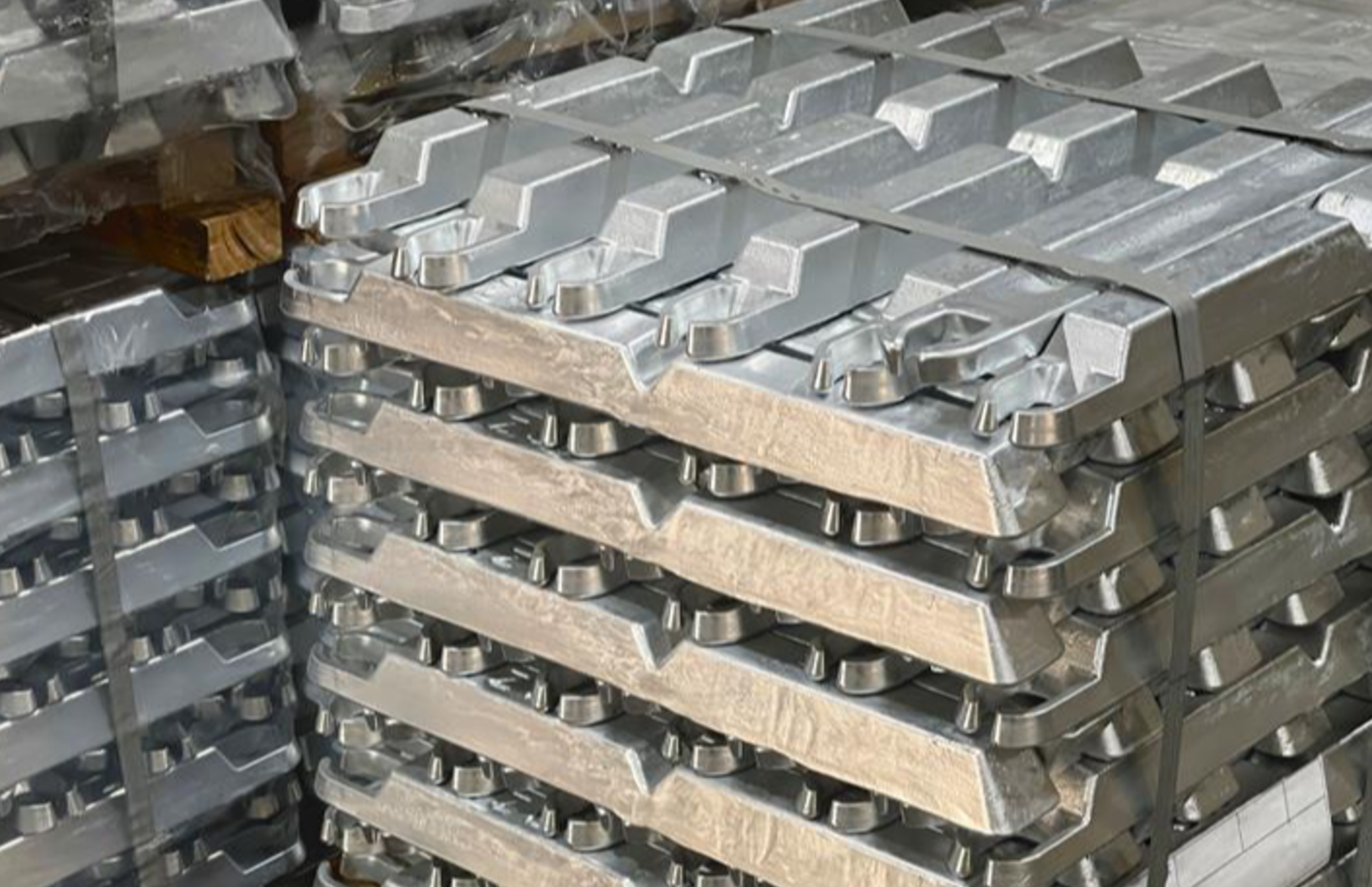Rethinking secondary aluminium flows in light of global structural demand
News Analysis

22
Oct
2025
Rethinking secondary aluminium flows in light of global structural demand
In February 2025, a 25% tariff was reinstated on imports of aluminium articles and derivative products, with rates doubling to 50% by June. As of 18 August, an additional 407 aluminium and steel derivative products were subject to the expanded 50% Section 232 tariffs.
The USA typically imports 4Mtpy of aluminium products to meet its requirements; in 2024, more than 80% of these imports were aluminium primary and derivative products, with 20% being secondary (scrap) aluminium. The US Section 232 tariffs are viewed as a strategic move by the Trump administration to address concerns that the volume of aluminium imports could jeopardise national security. However, given that the USA is a net exporter of aluminium scrap, these recycled materials are exempt from Section 232 import tariffs. The implementation of these tariffs serves to incentivise onshore US manufacturing, especially for materials critical to the USA’s defence, transportation, energy sectors.
The exemption of aluminium scrap from US tariffs has raised concerns within the EU’s primary aluminium industry. This industry contends that excluding scrap from tariffs has widened arbitrage opportunities and supposedly encourages increased exports of aluminium scrap to the USA, displacing sales of primary aluminium to this market. However, the trade data tells a different story; scrap trade flows have largely remained as intra-EU trade, with intra-EU arrivals in 2024 led by Germany (16%), Italy (8%), and Spain (6%). India received 10% of the EU’s scrap exports, whilst the USA accounted for only 0.25%.
The EU’s concern regarding scrap leakage relates directly to the region’s rising regulations for low-carbon materials. Given that the EU relies heavily upon recycled aluminium to meet its domestic requirements, higher outflows of scrap pose risks to downstream industries from both feedstock and emissions measurement perspectives. However, whilst the majority of aluminium scrap flows from the EU represent intra-trade to other EU member states, a growing trend of exporting scrap to countries outside the EU has been observed. Trade data shows that exports to non-EU countries have increased at a CAGR of 8.9% between the implementation of Section 232 tariffs in 2018 and 2024.
The growing trend of scrap exports outside the EU, combined with the contemporaneous growth in US scrap demand, underpins the EU’s concerns, particularly regarding how this could impact downstream automotive, construction, and packaging industries that rely on recycled aluminium for their domestic production. This highlights the growing pressure on the European Commission to introduce an export duty of around 30% on scrap metal—a proposed measure aimed at curbing excessive outflows that risk depriving domestic producers of critical raw materials.
Examining EU scrap outflows in 2025, trade data indicate that intra-EU trade is not contracting; rather, market share is gradually shifting among EU member states. The more pronounced increase is towards India and China, both of which account for a larger share than the USA. Whilst the share of scrap destined for the USA is increasing, the stronger trend is that Asian markets are absorbing more aluminium scrap, opposing the prevailing narrative that significant volumes are primarily being diverted to the USA.